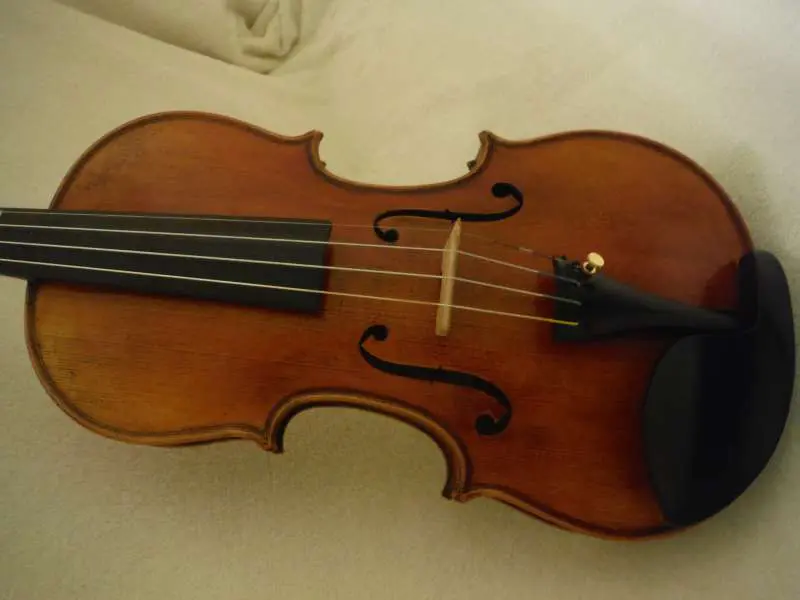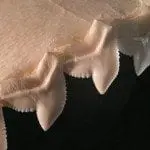Did humans get here by the process of evolution over millions of years or were we supernaturally made in the image of God? Perhaps you wonder if both of these origins concepts could be true. However, with a plain reading of the first chapters of the Bible in Genesis, it becomes apparent that there are a bunch of major conflicts between the Biblical story of how people came into being and the stories using evolution and vast amounts of time that are commonly accepted today. Putting all other major issues to the side for a minute, let’s zoom in and take a look at just the idea of mammals evolving from reptiles, since this would be a very important step toward human evolution (if the evolutionary origin of man idea were true).
With the idea of reptile to mammal evolution, as in all other theoretical evolutionary transitions between kinds of animals, the paleontologist is always looking for fossils of transitional forms (missing links). They look for “mammal-like” characteristics in different reptile fossils, hoping to find a smooth transition of reptiles becoming more “mammal-like” over time. There are a number of interesting problems with this idea, two of which are 1) mosaic creatures, and 2) reversing characteristics.
Here’s an (imperfect) analogy that might help illustrate some of these problems: let’s theorize about the evolution of musical instruments. You could line up stringed instruments in an evolutionary progression. Starting with the harp, we progress to the more complex shape of a string base, gradually becoming a more graceful cello, progressing to a guitar, then advancing to a viola, and finally achieving the elegant and dominant status of a violin. We figure that the banjo, Ukulele, and electric guitar (definitely the result of a really strange mutation) must have all reasonably branched off from the guitar.***
It could really look like a rather convincing progression until we try to figure out where some other instruments fit. You can theorize yourself about where to put the steel guitar. The piano really throws us all off because it has characteristics of both stringed and percussion instruments. Even worse, the piano also has a few characteristics similar to the pipe organ, which we suppose must have originated from the completely different evolutionary branch of woodwind/brass instruments!
Just like the piano has characteristics similar to several other types of instruments, there are both living and fossil animals that have a mosaic of characteristics similar to several totally different kinds of animals. A squid eye has similarities to the remarkable human eye. In the words of Dr. Duane Gish, “does the possession by a creature of some characteristics which are possessed by a second class of creatures necessarily indicate that it is transitional between these two classes?”
Going back to our musical analogy, we notice that the harp lost a lot of strings when it progressed to a bass with just four strings but gained two more strings back to become a guitar a couple steps later. Then we went back to having four strings on the viola (our mosaic piano has 88 notes, using over 300 strings). This is similar to the reversing characteristics we sometimes see in the theoretical progression from reptiles to mammals. The “mammal-like” reptiles don’t fit into a clean, orderly progression because one creature may have a jaw that hints at being “mammal-like” but the next creature put in the progression has a jaw that is definitely reptile but teeth unlike the previous creature that hint at being “mammal-like”. In the words of John Woodmorappe, “it is sobering to realize that a given mammalian trait can appear, disappear, and then freely reappear anywhere throughout the entire evolutionary-constructed sequence of mammal-like reptiles”. In some sequences reversing characteristics are just as common as “progressive” characteristics, essentially canceling out any evolutionary progress.
There are many other reasons why mammal evolution can be shown as not being very reasonable or scientific, like how one bone in a reptile ear could somehow capture extra bones and include them into the three bones of our inner ear. How would transitional creatures be able to hear while these ear bones were evolving? In contrast to evolution, the Bible gives a clear account of where mammals (especially mankind) came from, reproducing in genetic variety within their created kinds. We are not animals, but spiritual humans intended to have a personal relationship with our Creator.
***No musical offence intended by the “evolutionary” order of instruments. The reader is perfectly free to theorize their own musical “evolutionary sequence”. The author apologizes if your favorite stringed instrument was not mentioned.
References:
Gish, Duane. Online article, “The Mammal-like Reptiles”. Evidencce for Creation. Institute for Creation Research. Accessed 4-16-2015. https://www.icr.org/article/184/
Woodmorappe, John. Online article, “Mammal-like reptiles: major trait reversals and discontinuities”. Creation Ministries International. Accessed 4-16-2015. http://creation.com/mammal-like-reptiles-major-trait-reversals-and-discontinuities






